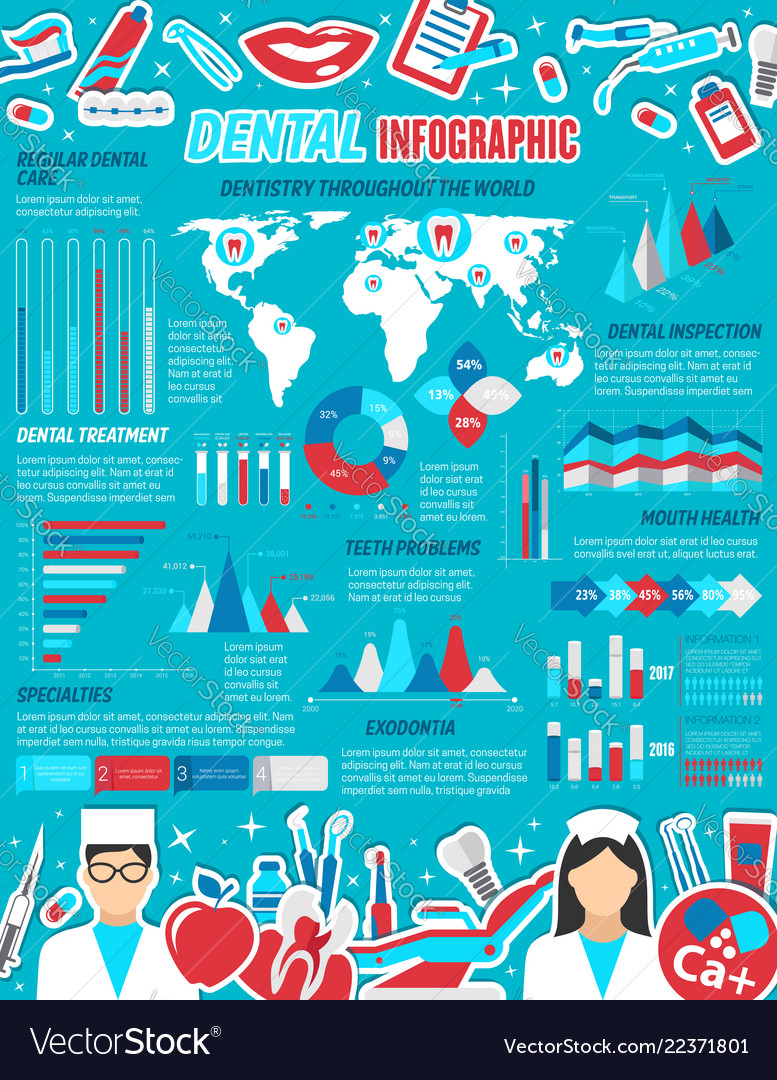Discover The Innovative Innovations That Are Reinventing The Technique Of Dental Surgery. Check Out The Future Of This Location And Position Yourself Advantageously. Click Now For A Check Out The Future
Discover The Innovative Innovations That Are Reinventing The Technique Of Dental Surgery. Check Out The Future Of This Location And Position Yourself Advantageously. Click Now For A Check Out The Future
Blog Article
Article Writer-Kokholm Jonasson
Welcome to the globe of oral surgery, where technologies and breakthroughs are shaping the future of the field! In this exciting world, you'll witness the transformative power of robotics, the advanced wonder of 3D printing, and the game-changing effect of minimally intrusive techniques.
Read the Full Write-up of oral surgery holds a pledge of precision, performance, and boosted patient results. With the help of sophisticated robotics, surgeons are able to perform complex treatments with greater accuracy and control.
3D printing technology is revolutionizing the development of dental implants and prosthetics, using tailored options that fit seamlessly into each client's one-of-a-kind makeup.
Additionally, minimally invasive techniques are lowering post-operative pain and recovery time, allowing patients to return to their daily lives earlier.
Prepare yourself to explore the exciting technologies and developments that are reshaping the landscape of dental surgery!
Developments in Robotics
One major development in dental surgery is making use of robotic technology, which permits specific and efficient surgeries. With the help of robotic systems, oral doctors have the ability to perform intricate surgical treatments with boosted precision, decreasing the threat of human error.
These robotic systems are outfitted with innovative imaging technology and precise tools that make it possible for specialists to navigate with elaborate anatomical frameworks with ease. By using robotic technology, doctors can achieve greater medical precision, resulting in improved patient outcomes and faster healing times.
Furthermore, making use of robotics in oral surgery allows for minimally intrusive treatments, decreasing the trauma to bordering cells and promoting faster recovery.
3D Printing in Oral Surgery
To enhance the field of dental surgery, you can check out the subtopic of 3D printing in dental surgery. This innovative innovation has the potential to reinvent the means dental cosmetic surgeons run and treat clients. Below are four key ways in which 3D printing is forming the area:
- ** Personalized Surgical Guides **: 3D printing permits the production of highly precise and patient-specific medical overviews, improving the precision and efficiency of procedures.
- ** Implant Prosthetics **: With 3D printing, dental surgeons can create customized dental implant prosthetics that flawlessly fit an individual's one-of-a-kind anatomy, resulting in far better outcomes and person contentment.
- ** Bone Grafting **: 3D printing enables the manufacturing of patient-specific bone grafts, minimizing the demand for standard implanting methods and enhancing healing and recuperation time.
- ** Education and Educating **: 3D printing can be used to create sensible medical designs for educational functions, allowing oral surgeons to practice intricate procedures before doing them on patients.
With pediatric dental treatments near me to improve precision, customization, and training, 3D printing is an exciting growth in the field of dental surgery.
Minimally Intrusive Techniques
To further progress the area of oral surgery, welcome the possibility of minimally intrusive techniques that can greatly benefit both doctors and patients alike.
Minimally invasive strategies are revolutionizing the area by decreasing medical trauma, lessening post-operative pain, and speeding up the recuperation process. These strategies include using smaller sized cuts and specialized tools to execute procedures with precision and effectiveness.
By making use of advanced imaging modern technology, such as cone light beam computed tomography (CBCT), surgeons can accurately plan and implement surgical procedures with marginal invasiveness.
In https://toothextractioncost38406.howeweb.com/33637583/in-sedation-dentistry-anxiety-disappears-making-oral-sees-a-lot-more-enjoyable-uncover-how-these-strategies-can-transform-your-experience-in-the-chair , using lasers in oral surgery allows for exact tissue cutting and coagulation, resulting in reduced bleeding and lowered recovery time.
With minimally intrusive techniques, clients can experience much faster recovery, minimized scarring, and enhanced outcomes, making it a vital facet of the future of oral surgery.
Verdict
So, as you can see, the future of oral surgery is extremely appealing, with amazing developments and advancements forming the field.
From the developments in robotics to making use of 3D printing and minimally invasive techniques, dental specialists are revolutionizing the way they supply care.
While some may stress over the potential price associated with these developments, it is necessary to bear in mind that these technologies eventually improve individual outcomes and lower healing time, making them well worth the investment over time.
